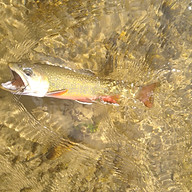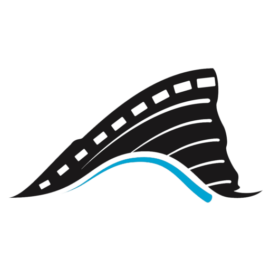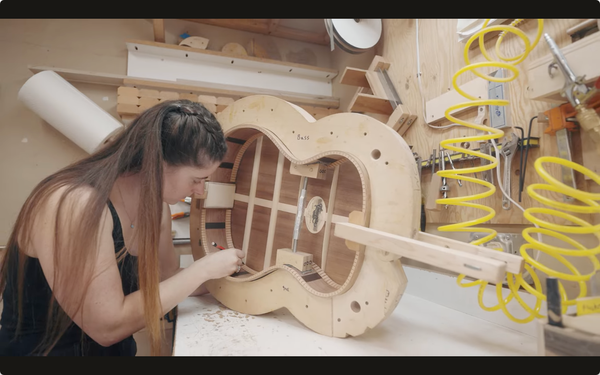Leaky waders and slinky links
Here's another thing to do this winter: Fix your waders. And, while you're at it, get stoked with a visit to one of the fly-fishing film fests, and generally click your heart out with some buttery links.


CFS crew: Short one this week, as I'm on the move, sending this between two work conference presentations and the start of our Winter Term class, this Tuesday.
<<waves to Winter Term folks>> 👋
Here's a quick rundown of links I enjoyed this week, and a quick look at wader repair.
Fix your waders or get wet
I have two pairs of waders. One is a thirty-year-old basic pair of lightweight Simms Gore-Tex, the entry-level model. The other are a pair of Patagonia Rio Gallegos, one of its first wader offerings, a little splurge reward for doing a big-boy thing at work.
Both pairs have held up across barbed wire fences, Oregon's many blackberries, scrambles up and down hundreds of boulders, and kneeling on many banks. But, last season, I loaned my backup Simms pair out to a friend, and when he gave them back he told me they leaked.
Inconceivable! I believed him, but was in denial. I dried them out, stuck them in a box in the basement, and promptly did nothing. Until, this week.
I was shamed, in part by those loveable do-gooders at Patagonia, who are offering, on their Wader Repair Tour, to fix your waders, no matter who made them. For free!
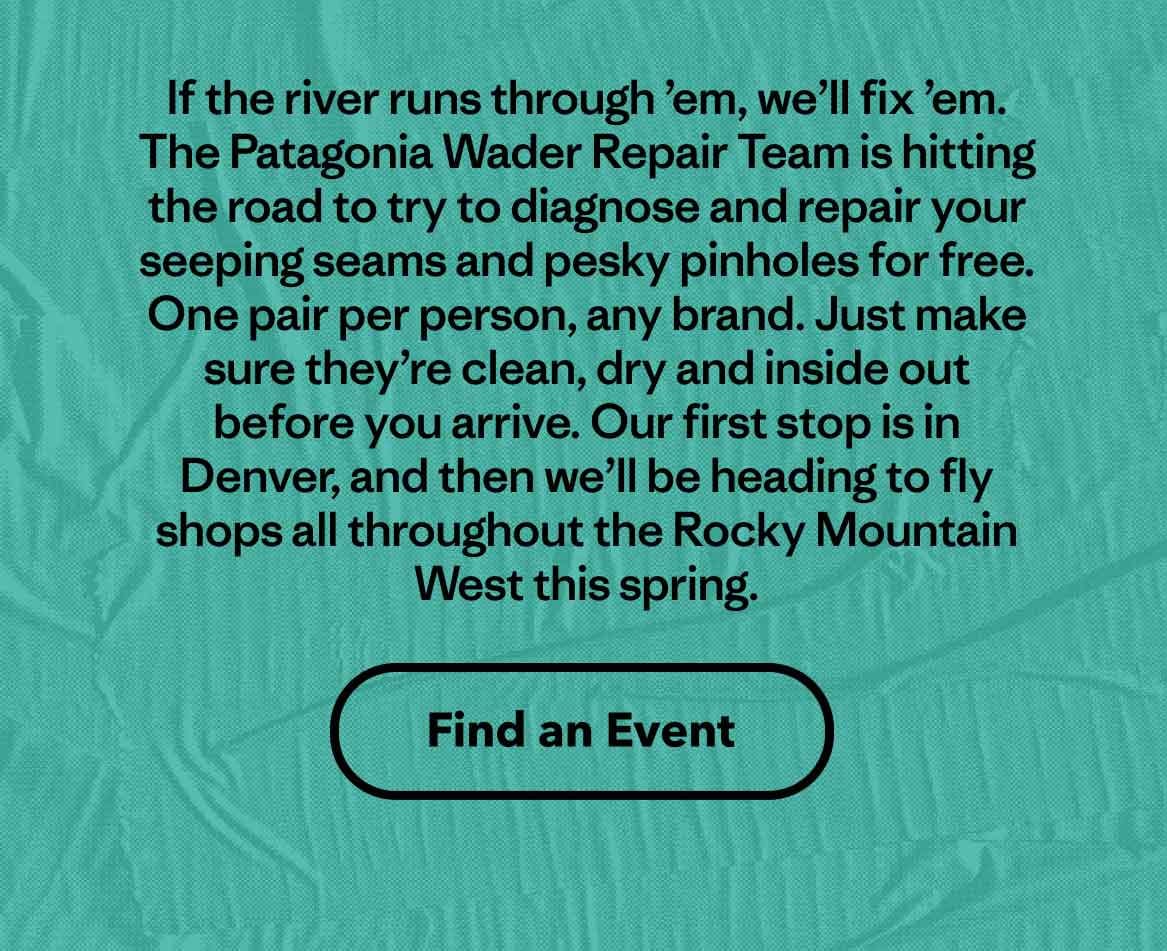
To hell with them, I thought, I can do it myself. And it was actually a pretty straightforward process!
Step 1: Find the leak
No, this isn't a spy drama. But you have to find the place where water gets in first.
If you've got a visible split, this is easy enough. My buddy Tanner sent me a photo last week of a 2" split in his seat, from a sharp boulder. That's a patch job, but at least you know where the rip is. Start at the contusion on your ass cheek and work outward.
So-called "pinhole leaks," or leaks on the seams of the waders can be tough to track. There are a couple ways to track down nigh-invisible leaks:
Fill the waders with air, submerge them, and try to see if bubbles come out. If that doesn't work, and you don't see bubbles, wear some light clothing underneath the waders and submerge yourself, and try to see where water shows up first.

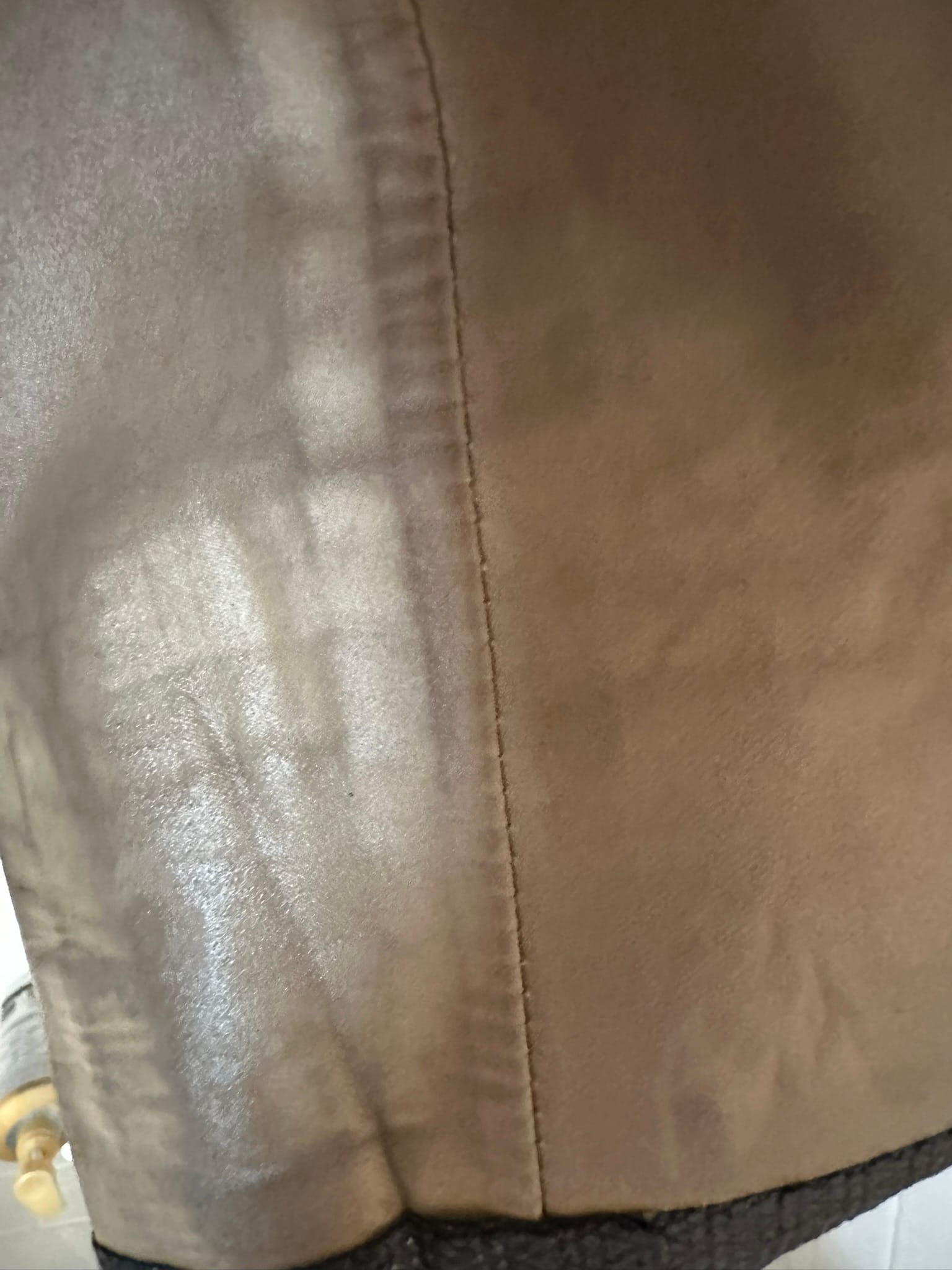
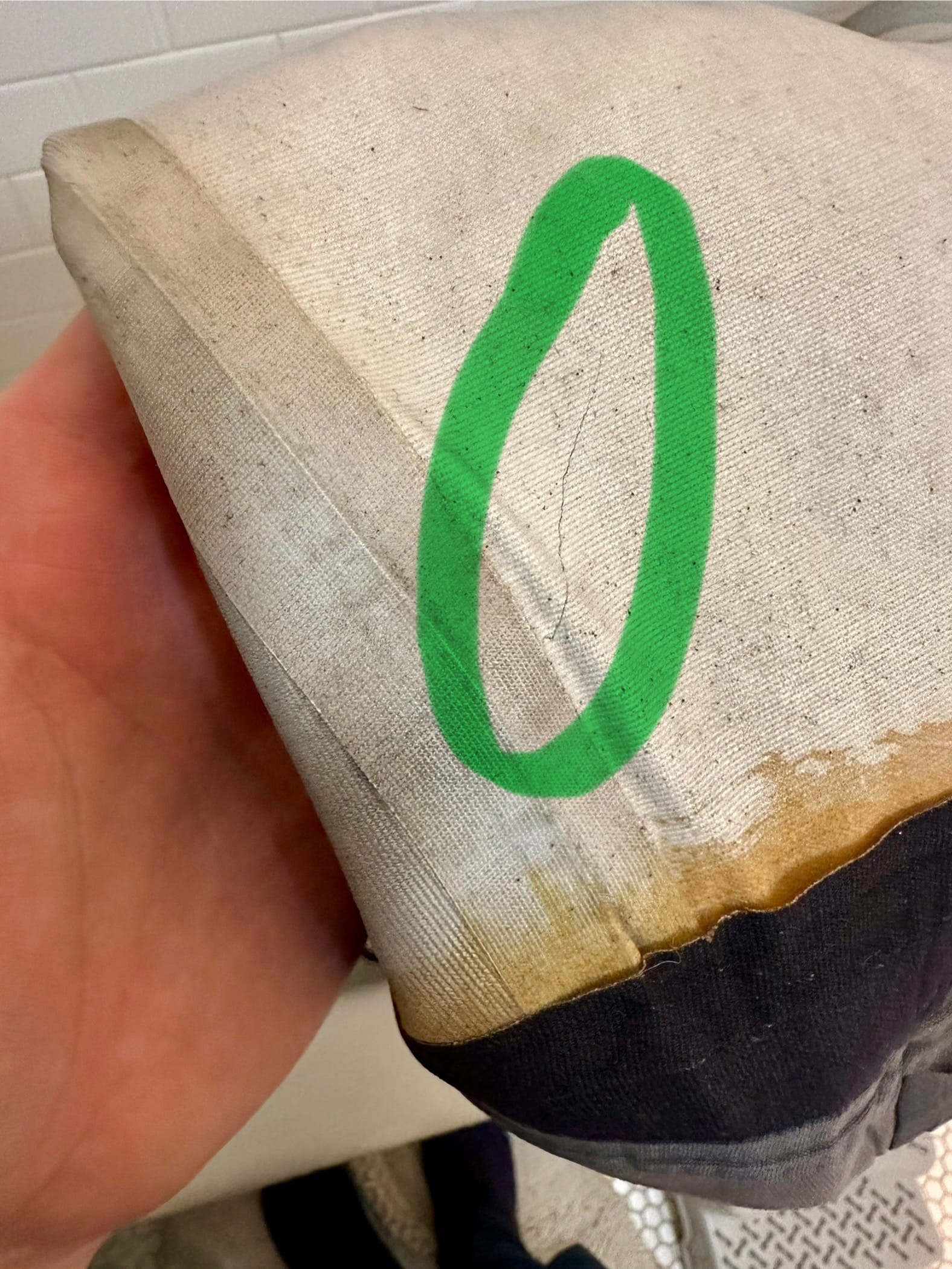
In my case, I found the leak near the rear seam of a leg, where it meets the boot. (And, I managed to clean the exterior of the waders in the process.) Turning the wader inside-out the problem was clear: A big scratch.
Step 2: Prep the surface
If you're still having trouble finding the exact spot, but have found the general region, put some rubbing alcohol on the outside of the area, and then turn the waders inside-out. The alcohol should move through the perforation area and temporarily discolor the inside of the waders.
I my case, the leaky area was obvious. If not, circle the spot with a permanent marker (on the inside of the wader) before the rubbing alcohol evaporates, to make sure you get goo over enough of the surface. Making sure the area is clean (maybe add more alcohol) can help the adhesive grab and permeate the wader material.
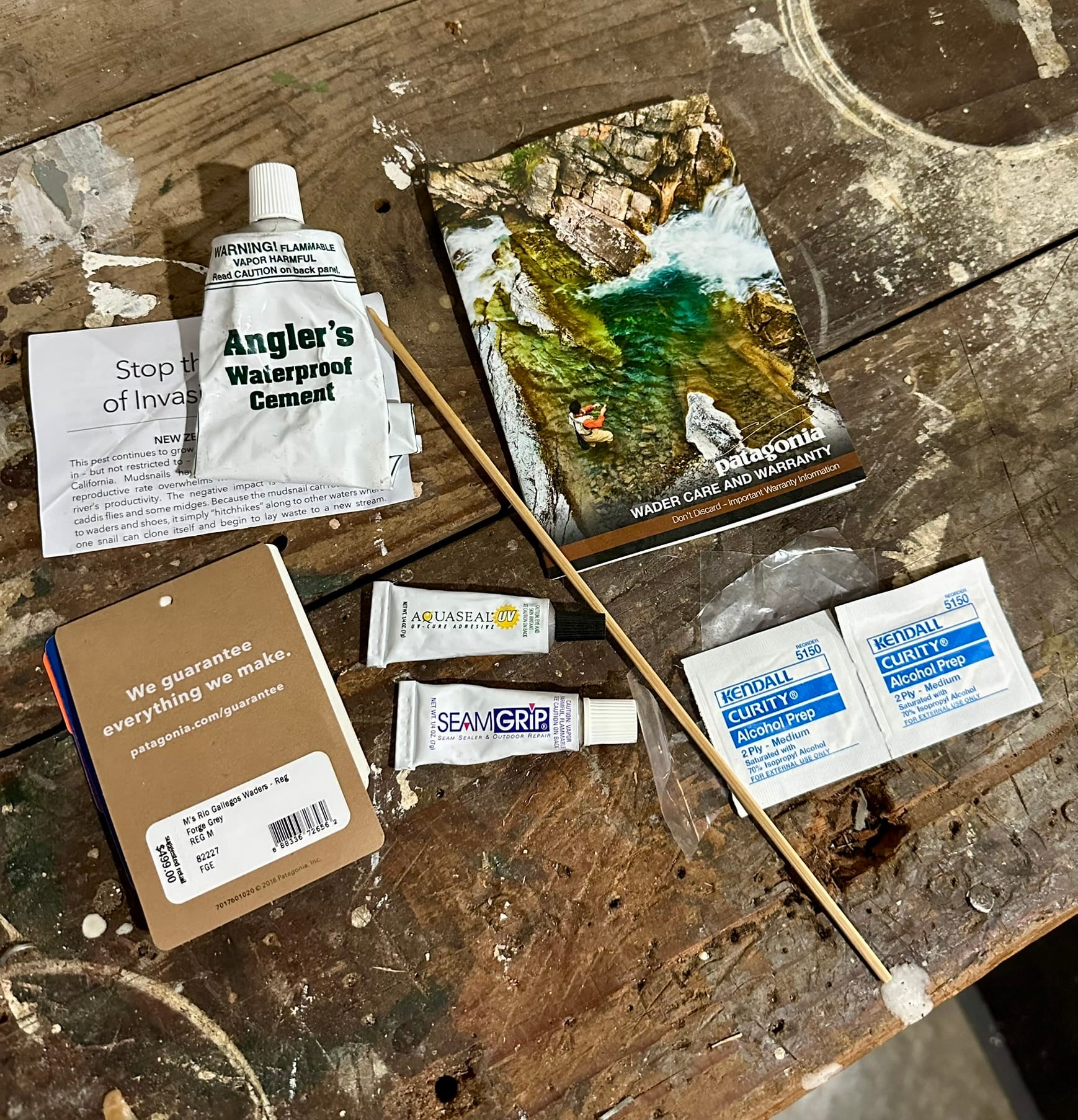
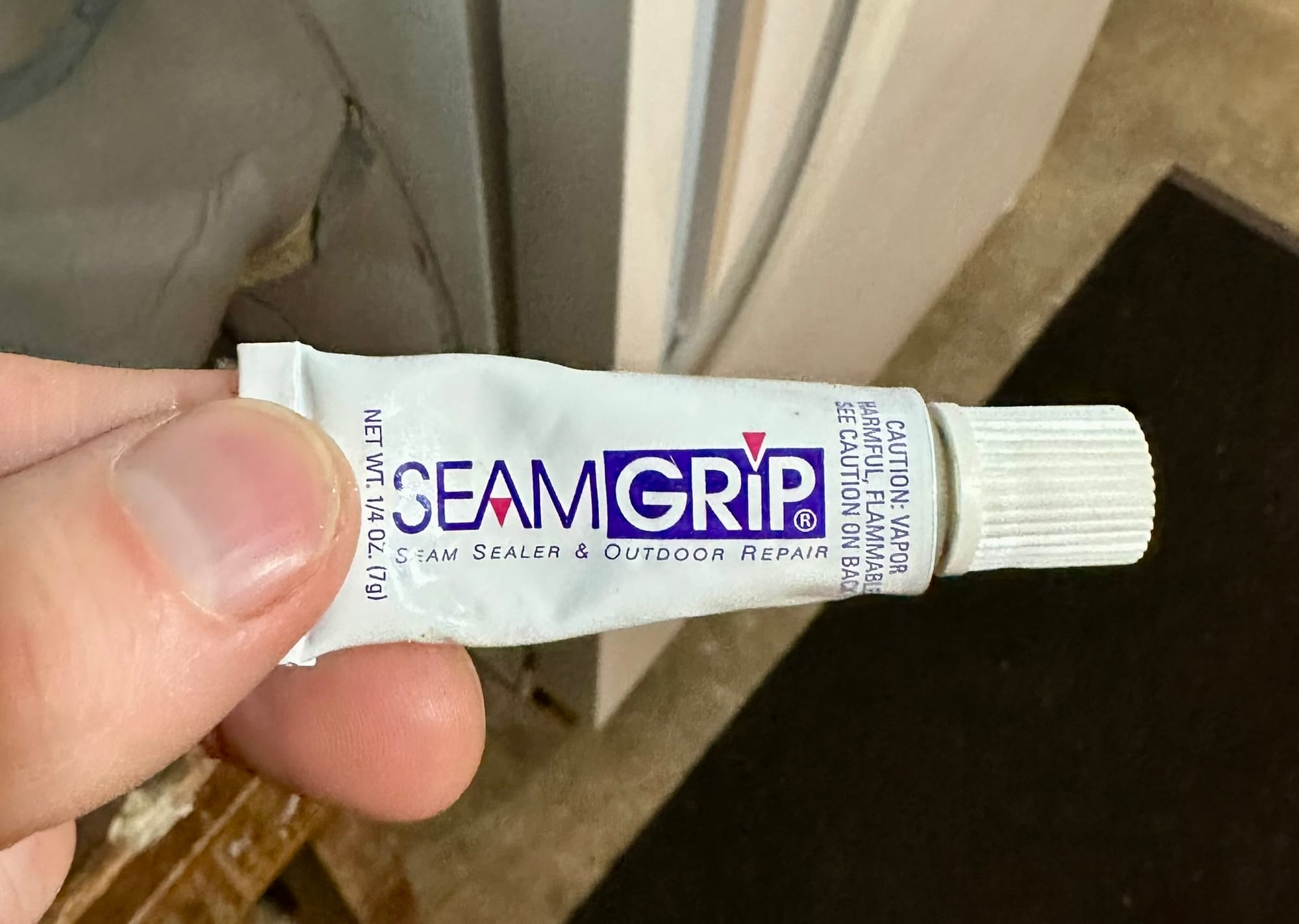
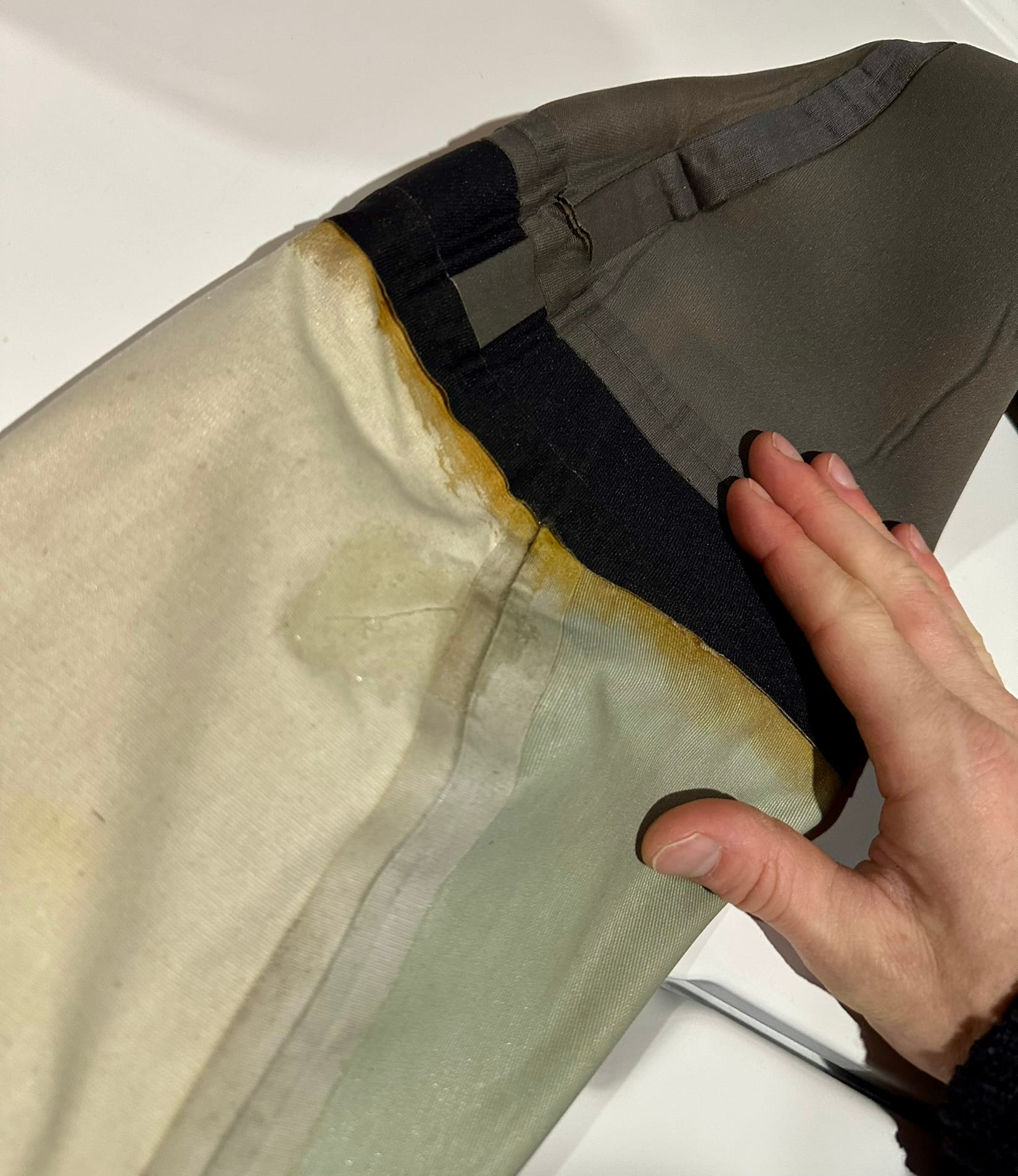
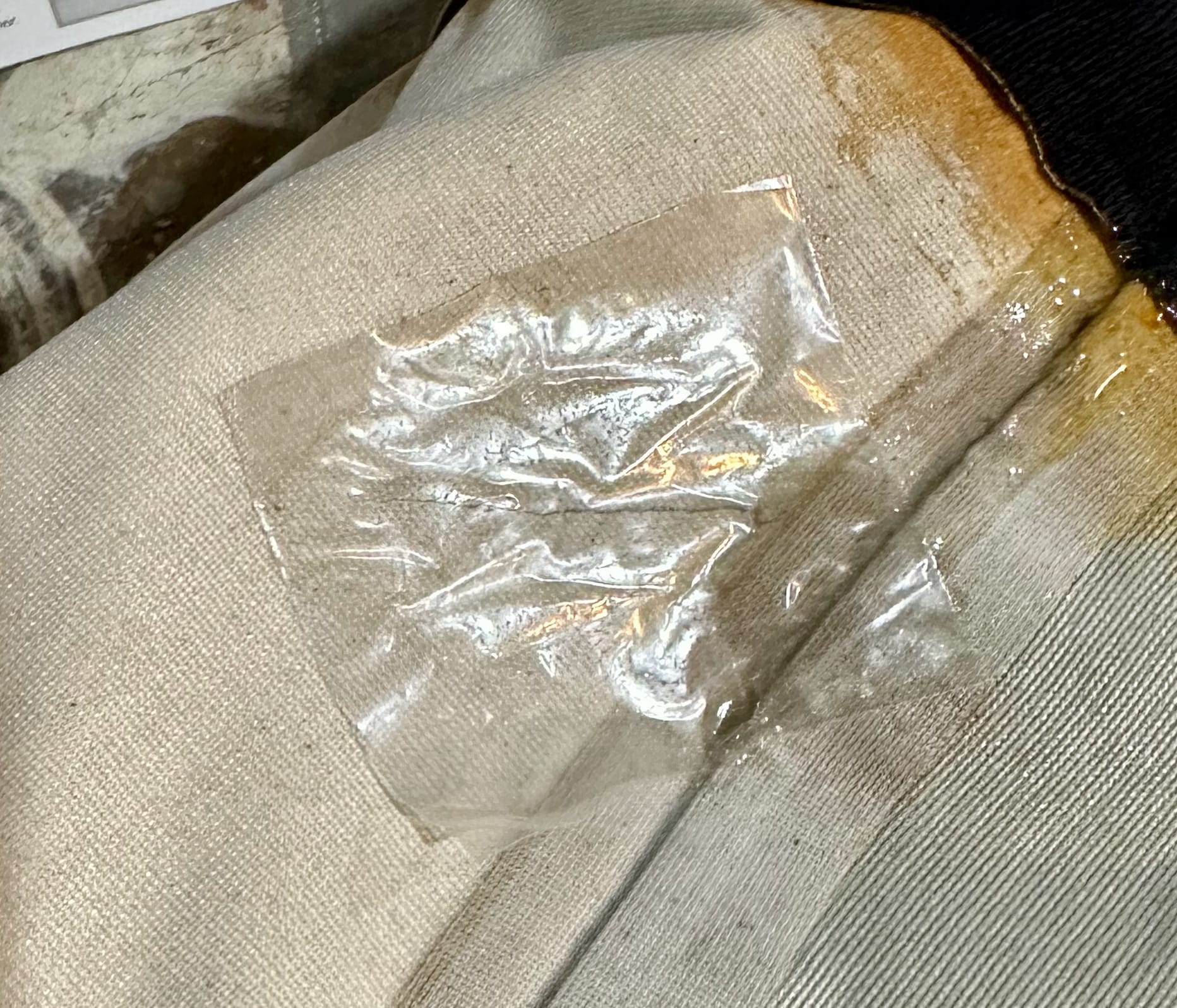
Step 3: Seal the leak
Here's the key moment where things get gluey. Wader repair kits used for on-the-water repairs typically use a UV-cure goo, which sets on solar exposure. Glues for home use typically set up overnight.
Use a toothpick or some sort of disposable tool to move the adhesive around and make sure it gets into all the areas of the seams. In my fix, this scratch is the likely culprit, and I wanted to get a big enough margin around it.
Both UV-cure and regular cure are used together with a tiny scrap of thin plastic to smush against the glue and make sure it doesn't bond to other parts of the wader.
Step 4: Wade on, wader
Once the glue sets you should be done. Double-check with another soak (this time in a bucket because we know the hole's near the boot) and make sure you're no longer leaking.
And then hang the waders out to dry somewhere they'll be extra spooky.
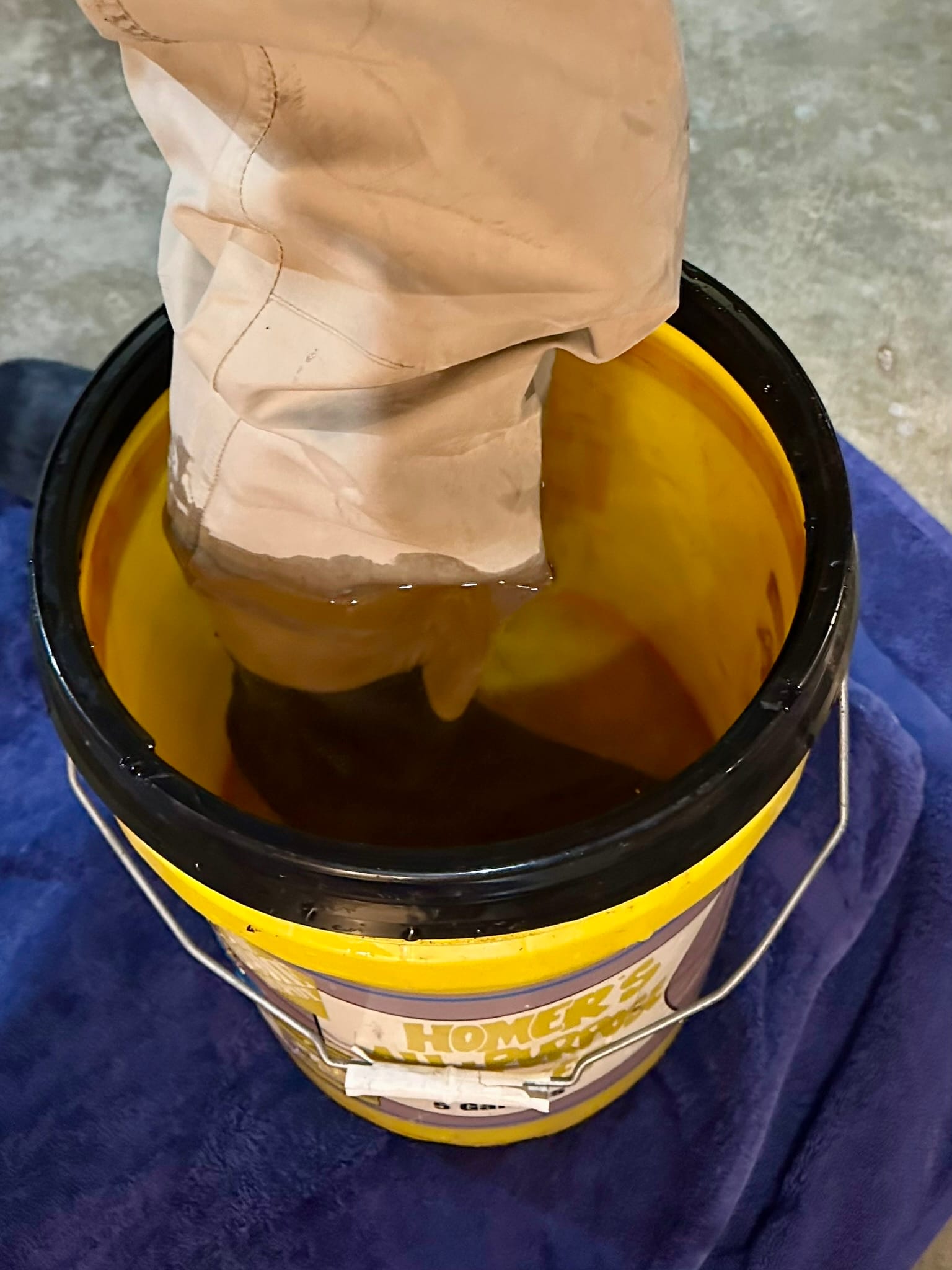
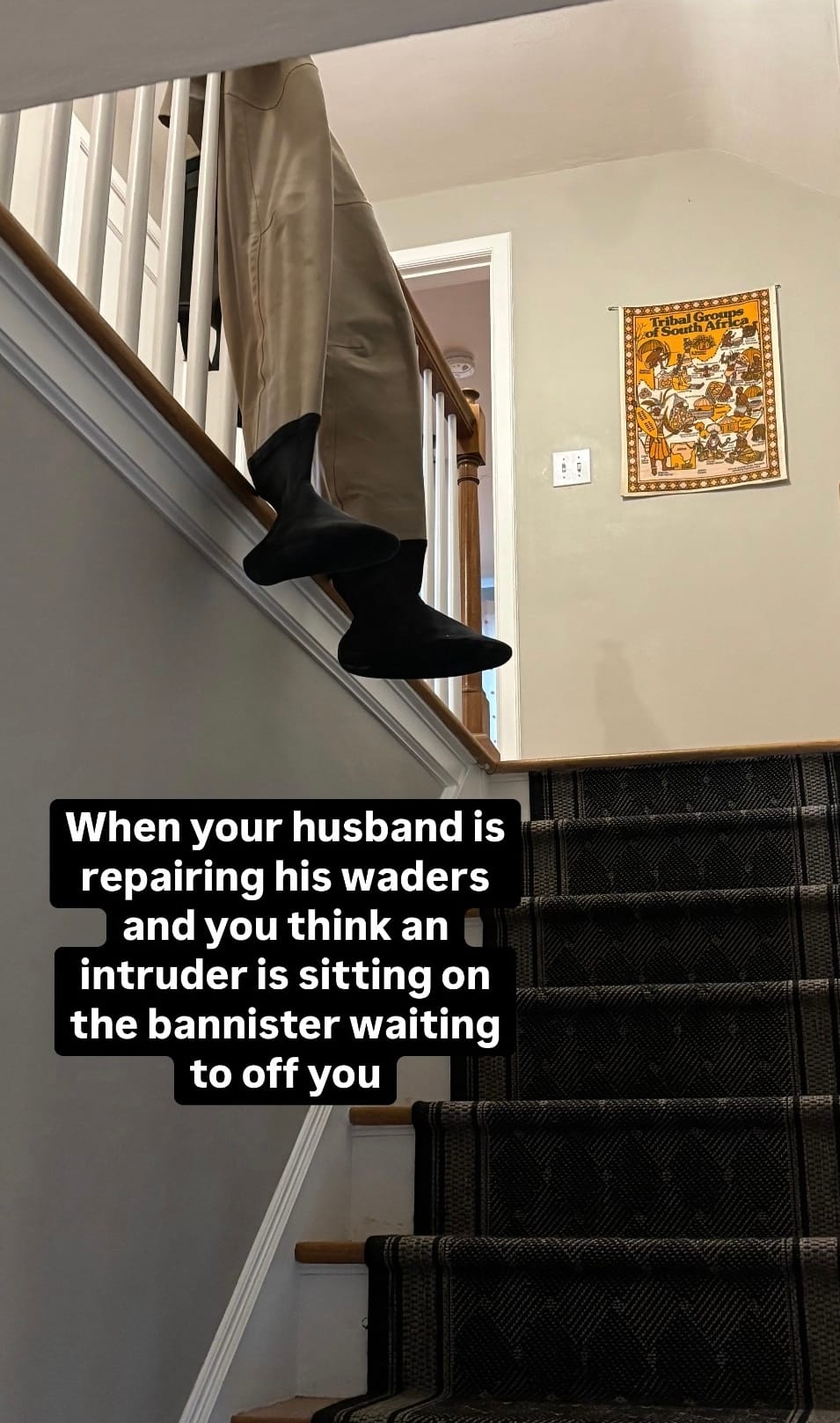
Quick links 🔗
Tying and flies 🎀
Tom Rosenbauer is one of the greatest fly-fishing educators of all time. He tried to teach Mrs. CFS how to cast a fly rod. Even an attempt of which is canonization in my book.
And his podcast is tremendous. It's the number-one podcast I'd recommend beginning anglers listen to. Here's a good primer from Tom on some must-have flies as you get your boxes sorted for spring:
If you can't get enough Tom, he appeared on the excellent Cut & Retie podcast and told a few goofy stories you'd never hear on the Orvis pod.
Meanwhile, Jason at the Scientific Fly Angler talks about what would be his dream online-buying experience for fly-tying materials. I'm filing this one away for when I get that big industry website redesign content strategy project.
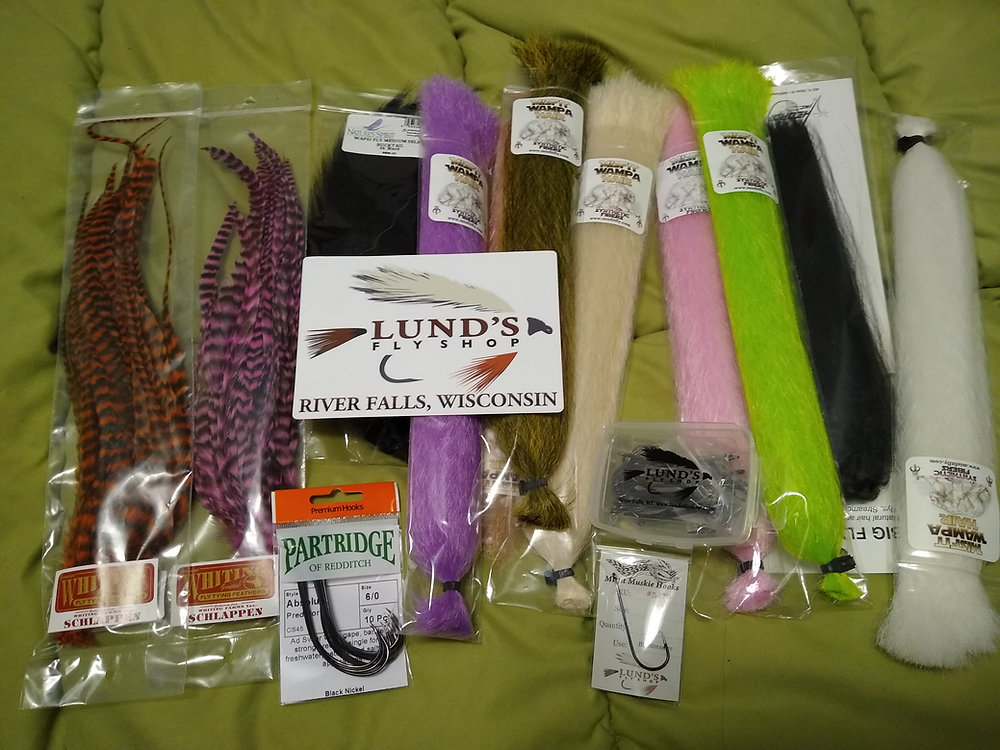
Film and getting stoked ✨
I mentioned fly-fishing film festivals last issue, and for all my minor-league smack talking I enjoy going every year, despite the storylines sometimes feeling washed. It's great to get a bunch of anglers together to celebrate creativity around the sport.
There are two big fly-fishing film festivals in the U.S., on tour now, coming to a city year you. They're the Fly Fishing Film Tour, the main one, and the International Fly Fishing Film Festival.
The "F3T" comes to Portland's Aladdin Theater on March 9. I'll be there. You can get tickets here.
Here's a couple ways to preview the films that will be screened, check out the trailers. Got a favorite that you're looking forward to? Tell us in the comments.


Conservation and activism corner 🎄
Luckily, science in the UK is still functioning as it was a couple weeks ago, even in delivering bad news:
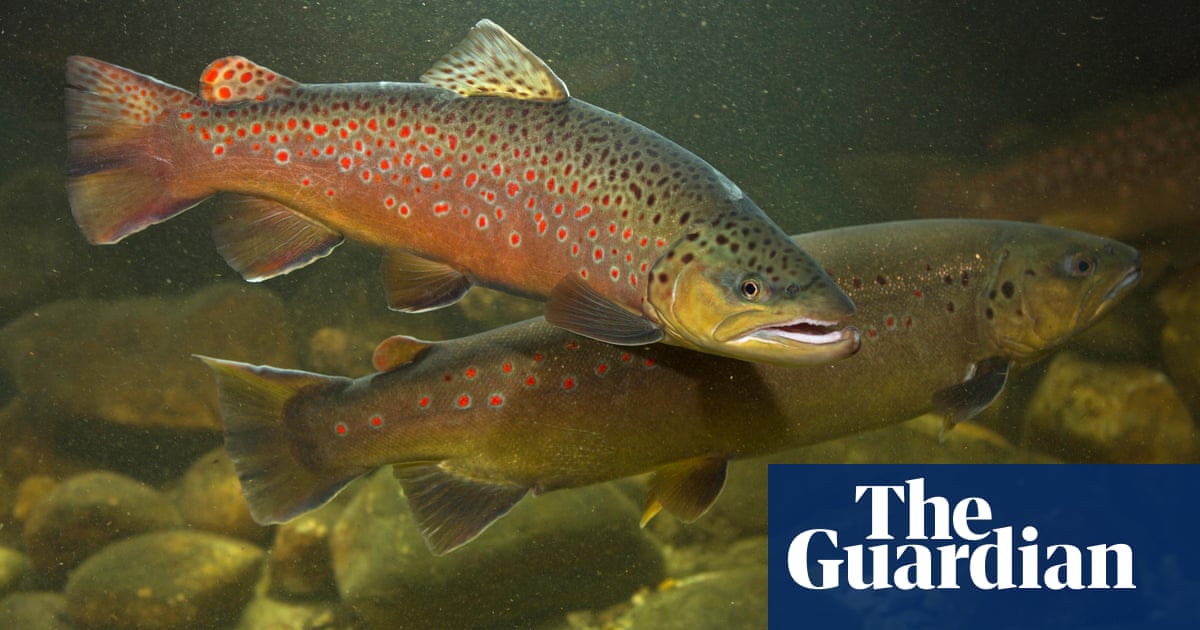
For more dire news, read this paper published in Nature: "One-quarter of freshwater fauna threatened with extinction". If it wasn't already abundantly clear: Regaining planetary climate stability is the main goal.
Will we get there in time? I don't know, but I know it's worth the effort. Nat Bullard's annual decarbonization presentation may have some of the answers, via the iconic FoT.

Current Flow State is a weekly newsletter from me, Nick Parish.
If you enjoyed this, please forward it to a friend.
Read our editorial policy or browse the newsletter archives.
Members support and sustain the site, our community. Learn more about membership benefits. If you're getting value from this material, consider becoming a member and giving back.

